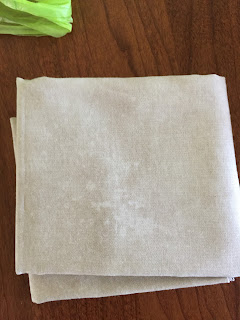You think we, as 21st century people, created DIY--nope! This concept of do-it-yourself was created as a desire to support the troops and provided an surge in 1940's garment making. In 1942, sewing pattern sales rose 40-50% over the depression years. By the end of the war, the number of female home sewers nearly doubled!
We continue our tour of the 1940's fashion exhibit presented by
Pacific War Museum located in Fredericksburg, Texas
"Help fight the war with scissors, needle and thread!"
Sheath dress made from linen table cloth--
conservation advice promoted cutting down existing
materials and remaking them into new practical wearables.
This table cloth dress headed the advertisement
"Use it up, wear it out, make it do--or do without!"
This is evening gown with bolero jacket, sewn by Edith Dyer
stationed in Pearl Harbor during the war.
She made this ensemble to wear to dances and social events
held at the Officer's club.
Tailored black wool dress going away suit,
sewn by Mrs. J. G. Keyes, who used a Vogue Couturier pattern
as her going away dress when she married in 1940
Many brides wore going away suits after the wedding ceremony;
in some cases the suit served as the wedding dress for those wishing
to satisfy wartime restrictions.
Another example of a 'going-away' dress
Here's a booklet on Make and Mend for Victory
that was used for Alterations, Make Over, Accessories--
practical knowledge for those home sewers
Another example Of DIY--this nylon night gown
Through nylon disappeared on the home front, this
scarce luxury item could still be found among military personnel--
In parachutes!
Not only were there home sewers, but knitters who wanted
to be of service to the military. In the above photo, you will
see, lower left corner, the Vogue pattern that was used
to make the going away suit in the above photo.
This half knitted sweater, in colors suitable for military
circle, led by New Yorker Natalie Wales Latham. This
organization expanded to a number of branches and sent thousands
of sweaters, socks, scarves and caps across the Atlantic.
Here is the pattern "Man's sleeveless sweater--V-neck"
"Takes 2 hanks--Khaki color, 2 prs. #6 needles, #4 needles to be
used only for 3" ribbing at the bottom of the sweater"
You can find 1940's knitting patterns
here






















































